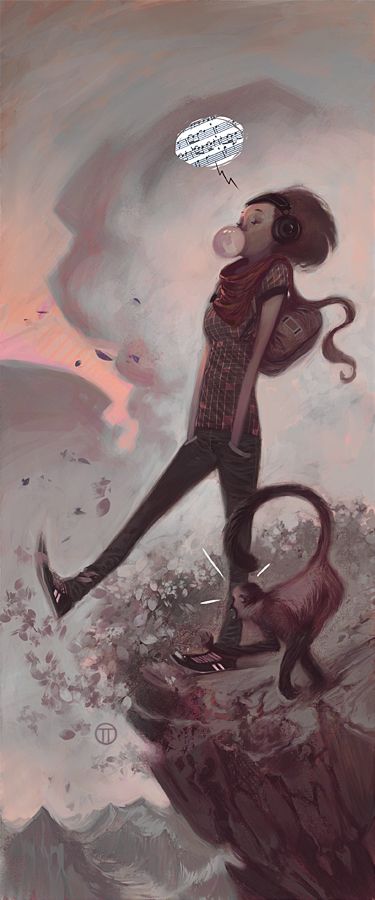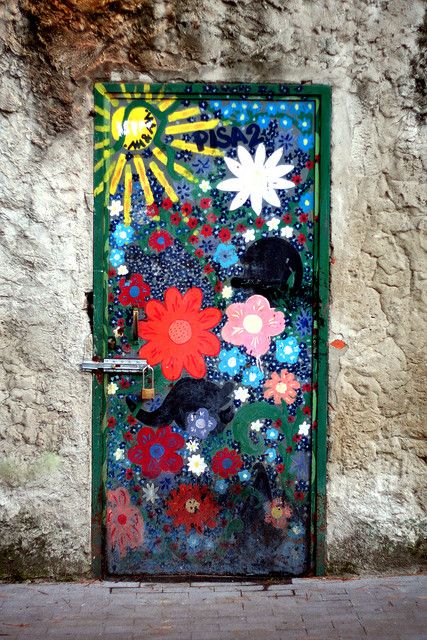Dear Integral Meditators,
Thanks for reading!
Toby
 Motivating Yourself to Meditate Part 1 – Looking at How You Can Meet Your Needs Through Meditation
Motivating Yourself to Meditate Part 1 – Looking at How You Can Meet Your Needs Through Meditation
One reason why people find it difficult to hold down a regular meditation practice is that it is very easy for meditation to get knocked down our priorities list. It seems like there are so many things that need our attention. It is easy to think that we have so many “important” priorities that we can put off meditating until tomorrow, and so it goes on. We never really get serious or consistent about our meditation practice because it is not enough of a priority.
So, what I am going to do in this and next week’s article is have a look at Abraham Maslow’s hierarchy of needs and see how meditation can help with these basic needs. If we have a clear idea about how meditation helps us with our human needs, then we will keep it high on our priority list and make sure that we do it!
A quick outline of Abraham Maslow’s hierarchy of human needs, he starts with the most basic first, and then ascends in terms of depth and complexity:
- Physiological needs – Food and drink
- Security needs – Shelter, physiological safety
- Belongingness and love needs – Affiliation, acceptance, affection
- Esteem needs – Competence, approval, recognition
- Aesthetic and cognitive needs – Knowledge, understanding, goodness, justice, beauty, order, symmetry
- Self Actualization
How meditation helps us with these basic needs:
Needs 1&2: Physiological and security needs
I am guessing that if you are reading this article, you will have your basic food, drink and shelter needs being met. You may not be in Buckingham Palace, but you aren’t homeless either right? Although many of us have our basic needs met, many of us remain stuck psychologically in “survival” mode, fighting our way through a hostile universe oblivious of the good fortune of having our basic needs met.
Meditation helps us with this by helping our mind to be calm enough to appreciate and enjoy the fact that our survival needs have been met. Meditation gives us the presence of mind to enjoy life’s simple pleasures; Food, drink, shelter and a basic quality of life. Without peace of mind studies show that those in first world countries are no happier than those in 3rd world countries. Meditation makes sure this does not happen to you!
Need 3: Belongingness and love needs
A daily meditation practice is a statement to yourself that you are important and lovable enough to deserve happiness and peace of mind. Belongingness and love needs are often projected outward onto other people, but in reality our primary love relationship is with ourself. If we get this right it will help our love relationships to others.
Meditation also puts you in touch with a source of love inside you that might be termed as “Universal” or unconditional. This love starts to rise up in our mind whenever we truly touch mental peace and calm (see article on the “Two Main Lessons of Love”). You deserve to receive love every day right? So give yourself that pleasure by sitting down and doing a bit of meditation every day! One final point here, meditation by its nature makes us more mindful, relaxed and aware. This quality of mind helps us to see that there is love being directed toward us all the time by our friends, family and colleagues. A relaxed, meditative mind can open to this love and receive it deeply into our being, instead of shutting it out.
So, in my next article mid-week next week, I’ll write a few thoughts on needs four, five and six, but I think if you contemplate the above three, there is plenty of reason to renew your determination to find time and space for at least a little meditation each day!
Read part 2 of this article: Motivating Yourself to Meditate Part 2 – Meeting Your Deeper & Higher Needs Through Meditation









